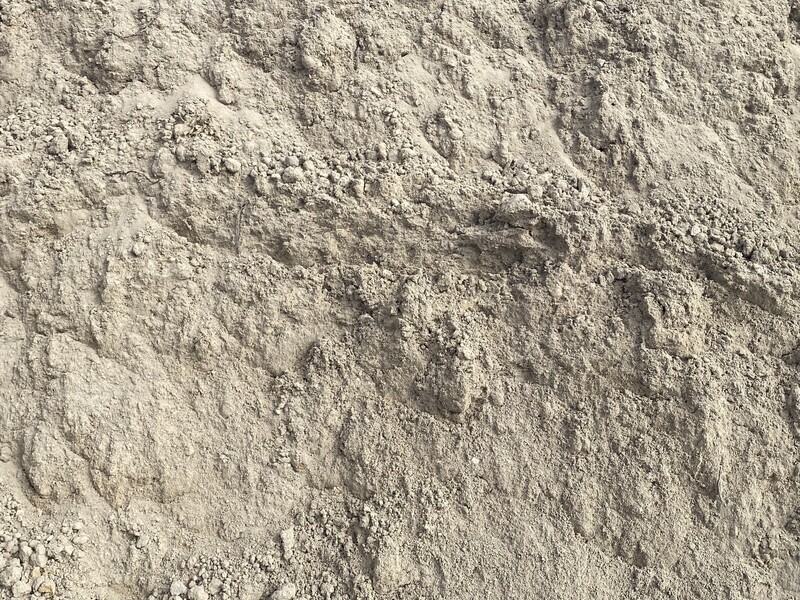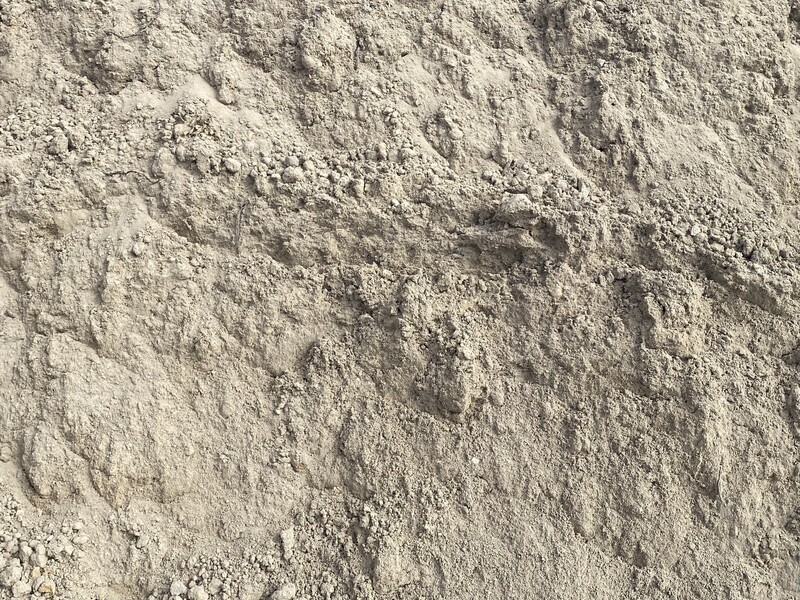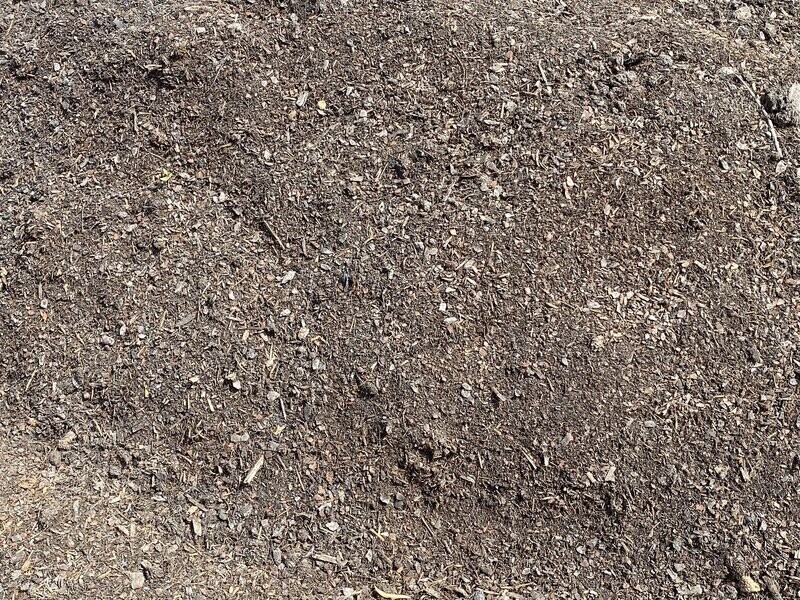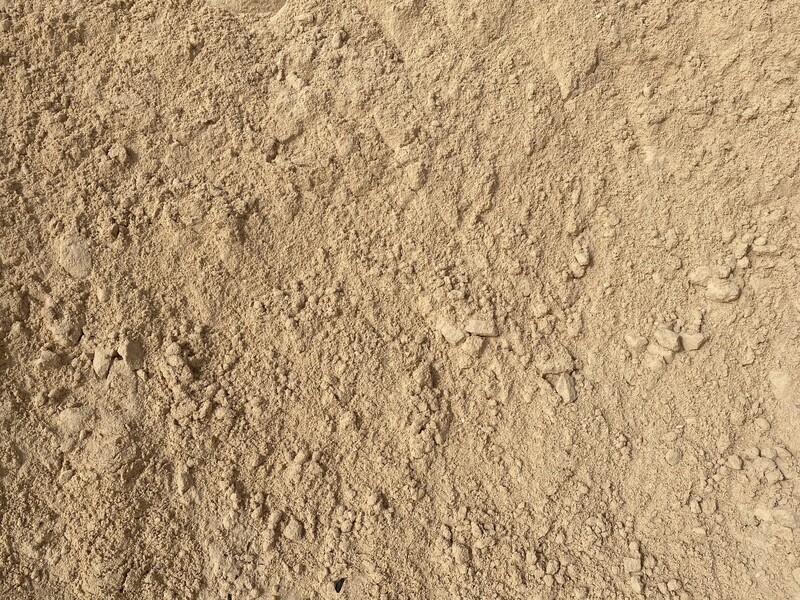The difference between struggling plants and a thriving garden often lies hidden beneath the surface. While many gardeners focus primarily on selecting the perfect plants or creating an ideal watering schedule, the true foundation of landscaping success begins with what’s underneath: your soil.
In this comprehensive guide, we’ll explore how quality soil and sand products and strategic amendments can dramatically transform your planting outcomes, leading to stronger, more resilient, and more beautiful landscapes.
Understanding the Foundation: What Makes Healthy Soil?
Before diving into specific products and solutions, it’s essential to understand what constitutes healthy soil and why it matters so much for plant success.
The Four Key Components of Soil

Healthy soil isn’t just “dirt”—it’s a complex ecosystem comprised of four essential elements:
- Mineral particles (sand, silt, and clay) that provide structure and determine drainage
- Organic matter that supplies nutrients and improves soil structure
- Air pockets that allow roots to breathe and beneficial microorganisms to thrive
- Water retention capacity balanced with proper drainage
The ideal balance of these components varies depending on what you’re growing, but most plants thrive in soil with good drainage, adequate organic content, and a structure that allows roots to penetrate easily while retaining sufficient moisture.
Why Soil Health Directly Impacts Plant Success
Poor soil conditions create a cascade of problems for plants:
- Nutrient deficiencies lead to weak growth and susceptibility to pests and disease
- Poor drainage causes root rot and oxygen starvation
- Compacted soil restricts root growth and water penetration
- Lack of beneficial microorganisms reduces nutrient availability and natural disease resistance
- Improper pH levels limit plants’ ability to access available nutrients
Addressing these foundational issues with quality soil products is far more effective than attempting to compensate with extra fertilizers or water later.
Starting Right: The Power of Quality Topsoil
What Makes Topsoil Different from Regular Dirt

True topsoil is the uppermost layer of soil, typically the top 2-8 inches of the earth’s surface. Unlike subsoil or random “fill dirt,” quality topsoil contains:
- Higher percentages of organic matter
- More balanced mineral composition
- Greater biological activity
- Better structure for plant growth
Professional-grade topsoil is often screened to remove rocks and debris while maintaining the beneficial components that plants need.
When to Use Fresh Topsoil in Your Landscape
Adding fresh topsoil is particularly valuable in these scenarios:
- New construction sites where original topsoil has been removed or damaged
- Raised bed installation where you need to create an entirely new growing environment
- Lawn renovation projects that require leveling and improving the growing medium
- Areas with severely depleted or damaged soil from erosion or previous contamination
- Garden bed creation where existing soil quality is poor
In many cases, adding 4-6 inches of quality topsoil can transform a challenging site into a productive growing environment.
The Economics of Quality Topsoil
While it may be tempting to cut corners with cheaper “fill dirt” or attempt to rehabilitate severely compromised soil, starting with quality topsoil often proves more economical in the long run. Consider these factors:
- Reduced plant replacement costs due to higher success rates
- Lower water bills from improved water retention
- Decreased fertilizer needs
- Less time and effort spent troubleshooting plant problems
- Enhanced property value from thriving landscapes
The initial investment in quality topsoil typically pays dividends throughout the life of your landscape.
Essential Soil Amendments: Customizing Your Growing Environment
Even with good topsoil as a foundation, specific amendments can fine-tune soil conditions for optimal plant performance.
The Transformation Power of Compost

Compost stands as perhaps the single most valuable soil amendment available to gardeners. This decomposed organic material:
- Improves soil structure by increasing aggregation of soil particles
- Enhances water retention while simultaneously improving drainage
- Provides slow-release nutrients as it continues to break down
- Introduces beneficial microorganisms that support plant health
- Buffers soil pH, helping to neutralize both acidic and alkaline conditions
- Suppresses certain soil-borne diseases and pests
Incorporating 2-4 inches of quality compost into your existing soil or mixing it with new topsoil at about 25-30% by volume creates an ideal growing environment for most plants.
Sand: The Solution for Clay Soils
Heavy clay soils present particular challenges for many plants due to poor drainage and compaction. Strategic incorporation of fill sand can dramatically improve these conditions by:
- Creating larger pore spaces that improve drainage
- Reducing compaction and allowing roots to penetrate more easily
- Facilitating better air exchange in the root zone
- Moderating soil temperature fluctuations
For clay soil improvement, incorporate fill sand at approximately 25-30% by volume, ideally along with compost to prevent the sand from creating concrete-like conditions when mixed with clay alone.
Mulch: The Protective Layer for Soil Health
While not mixed into the soil, organic mulch plays a critical role in maintaining soil health by:
- Moderating soil temperature extremes
- Reducing water evaporation from the soil surface
- Preventing erosion from rain and wind
- Suppressing weed competition
- Gradually decomposing to add organic matter to the soil
- Creating habitat for beneficial organisms like earthworms
A 2-3 inch layer of quality mulch protects your soil investment and continues to improve conditions over time as it breaks down. Various rock and mulch options provide both functional and aesthetic benefits for different landscape applications.
Problem-Solving with Soil Amendments
Different landscape challenges require specific soil solutions. Here’s how to address common problems:
Compacted Soil Rehabilitation

Years of foot traffic, construction equipment, or simply the natural settling of clay soils can create compaction issues that stunt plant growth. Address this with:
- Deep incorporation of compost (30-40% by volume)
- Addition of fill sand for clay soils
- Mechanical aeration when possible before adding amendments
- Selection of deep-rooted plants that can help break up compaction naturally
Drainage Improvement Strategies
Poor drainage creates cascading problems including root rot, reduced oxygen availability, and increased susceptibility to soil-borne diseases. Improve drainage with:
- Creating raised planting areas with quality topsoil
- Incorporating fill sand to increase pore space
- Installing subsurface drainage systems in severe cases
- Strategic use of rock and mulch products for surface drainage management
Nutrient Deficiency Correction
While synthetic fertilizers offer quick fixes, building lasting soil fertility comes from organic approaches:
- Incorporating compost to provide slow-release macro and micronutrients
- Balancing soil pH to ensure nutrients are available to plants
- Encouraging beneficial soil microorganisms that help cycle nutrients
- Following up with targeted supplementation only where specific deficiencies are identified
Soil Preparation Techniques for Different Projects
Each landscaping project benefits from specific soil preparation approaches.
New Lawn Installation
For vibrant, resilient turf that requires less water and fertilizer:
- Remove construction debris and break up compacted subsoil
- Apply 4-6 inches of quality topsoil mixed with 25-30% compost
- Grade properly for drainage while avoiding creating low spots
- Add any recommended starter fertilizer based on soil testing
- Install sod or seed according to best practices for your region
Vegetable Garden Creation
Productive food gardens demand excellent soil:
- Select a location with adequate sunlight (6+ hours daily)
- Remove existing vegetation and test soil for pH and major nutrients
- Incorporate 30-40% compost into existing soil, or create raised beds with a blend of topsoil and compost
- Address drainage issues with fill sand if necessary
- Create permanent pathways with rock and mulch products to define garden beds and reduce compaction
Perennial Bed Establishment
Long-lived flowering perennials benefit from thorough initial soil preparation:
- Define bed edges using the “landscape hose method” to create pleasing curves
- Remove existing turf and vegetation
- Incorporate 3-4 inches of compost into existing soil, or add a fresh layer of quality topsoil for severely compromised areas
- Adjust soil level to create slight mounding for improved drainage and visual interest
- Apply 2-3 inches of mulch after planting to suppress weeds and retain moisture
Seasonal Soil Maintenance for Long-Term Success
Soil health isn’t a one-time project but an ongoing process. Implement these seasonal practices to maintain and enhance your soil quality:
Spring Soil Care
- Test soil pH and nutrients to identify any issues before the growing season
- Add a thin layer (1/2 to 1 inch) of compost as a top dressing to beds
- Gently cultivate compacted areas, being careful not to disturb emerging plants
- Replenish mulch that has decomposed over winter
Summer Soil Protection
- Maintain adequate mulch layers to conserve moisture during hot periods
- Avoid working with soil during extremely dry conditions
- Water deeply but infrequently to encourage deep root growth
- Consider removing thatch from lawns if it exceeds 1/2 inch
Fall Soil Building
- Add compost to vegetable gardens after harvest
- Test soil and apply amendments based on results
- Consider planting cover crops in vacant garden areas to add organic matter
- Apply a fresh layer of mulch to protect soil through winter
Winter Protection Strategies
- Avoid walking on garden beds when soil is wet to prevent compaction
- Consider winter mulching of perennial beds after ground begins to freeze
- Plan next season’s soil improvements based on this year’s garden performance
- Order soil and sand products early for spring projects
Conclusion: Investing in Soil for Landscape Success
The quality of your soil fundamentally determines the success of your landscaping efforts. While plants, design, and maintenance practices all play important roles, none can fully compensate for poor soil conditions. By investing in quality topsoil, compost, and other soil amendments, you create an environment where plants can thrive with less intervention and fewer resources.
Remember that soil improvement is both a science and an art. While following general guidelines provides a solid foundation, observing your specific landscape conditions and how plants respond will help you fine-tune your approach over time. Each property presents unique challenges and opportunities, but the fundamental principles of soil health remain consistent: build organic matter, ensure proper drainage, maintain appropriate pH, and protect soil structure.
By prioritizing soil health from the beginning of your landscape projects, you set the stage for years of success with stronger plants, reduced maintenance, and more beautiful results. Your investment in quality soil pays dividends with every plant that thrives in your landscape.
Ready to transform your planting success? Explore our selection of premium soil and sand products to give your plants the foundation they deserve.
